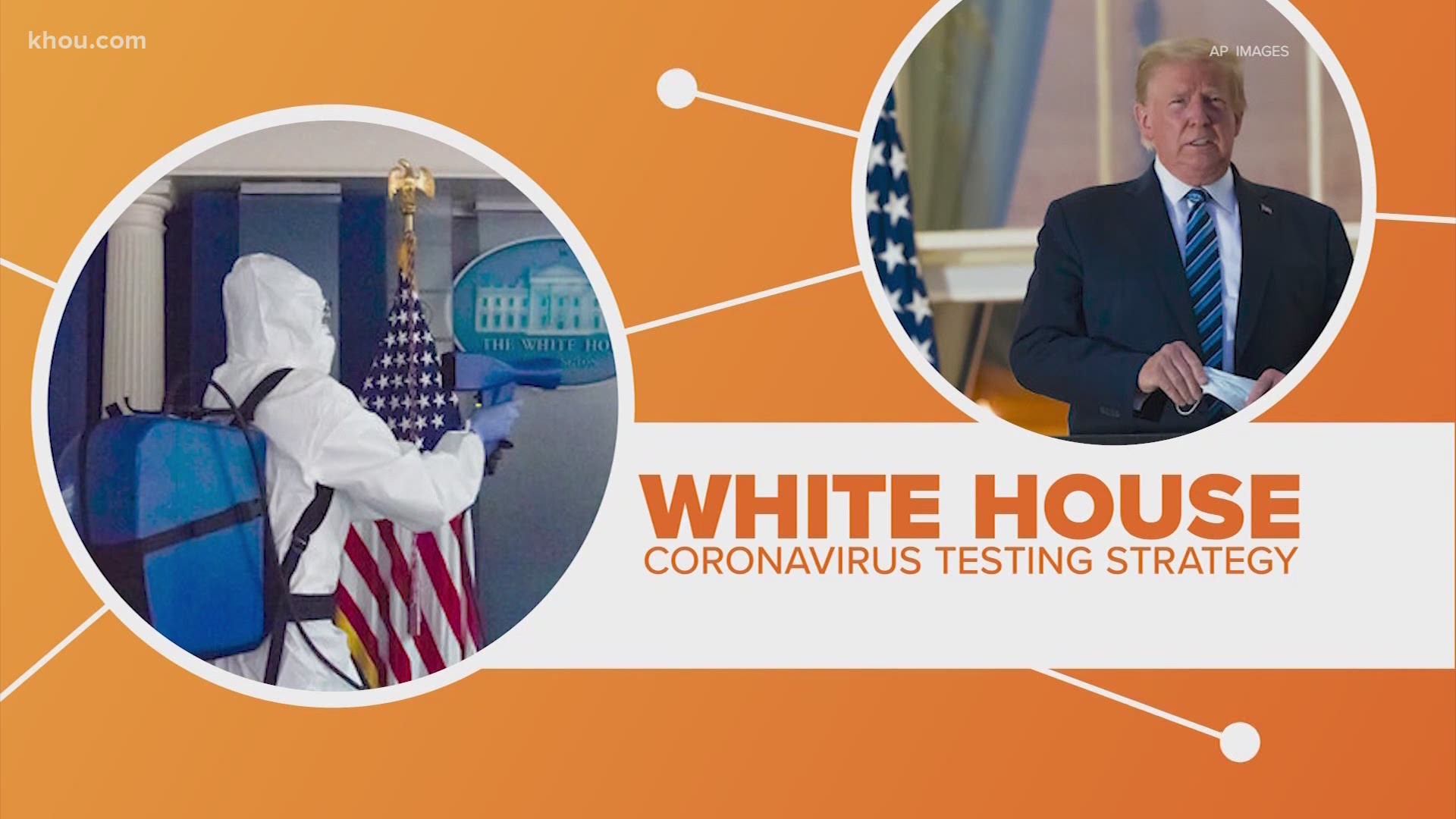As the White House continues to battle a COVID-19, how and when they tested visitors is coming under scrutiny.
Let’s connect the dots.
Early in the pandemic, the White House announced they were using rapid coronavirus tests to make sure people who came into contact with the president weren’t infected.
Testing alone isn't enough
Experts point to several problems with that strategy, but the big one is relying just on testing is not enough.
According to infectious disease experts, you might get a negative test result even if you do have COVID-19 because the virus is still building up in your body.
That’s why they recommend not just testing but also masks and social distancing.
Testing method used isn't sufficient
Another problem is the tests the White House used.
The Abbott rapid tests are intended for people with coronavirus symptoms. In fact, the data submitted to the FDA as part of the approval process only shows how well the tests works on symptomatic patients.
In that instance, the tests work pretty well with a 95 percent accuracy rate. It is less clear how well they do on healthy people or asymptomatic patients.
The regular testing may have also provided a false sense of security, leading staffers and those close to the president to take more risks. Health officials fear that may still be happening.
That’s because even with a negative test results the CDC recommends quarantining for 14 days after being exposed to an infected person.

